Just like people, horses need consistent physical activity to stay in shape—both mentally and physically. A lack of movement can lead to problems like stiffness, weight gain, or even unwanted behaviors due to boredom. On the flip side, the right exercise routine can improve their strength, flexibility, and overall mood. Whether it’s daily turnout, trail rides, groundwork, or arena work, keeping your horse active is key to their wellbeing. In this guide, we’ll walk you through how to create a balanced routine that keeps your horse healthy and happy.
Why Exercise Matters for Every Horse
Exercise isn’t just about burning off extra energy—it’s the key to a horse’s physical and emotional health. Horses are naturally active animals, built to roam for miles each day in the wild. When they don’t receive enough movement, problems like obesity, muscle loss, and even depression can creep in. Regular exercise helps maintain a healthy weight, supports good digestion, and keeps joints and muscles strong. It also provides essential mental stimulation, reducing stress and lowering the risk of bad habits like cribbing or weaving. Imagine being cooped up in a small room all day—your horse feels the same frustration if left in a stall without activity.
Signs Your Horse May Not Be Getting Enough Exercise
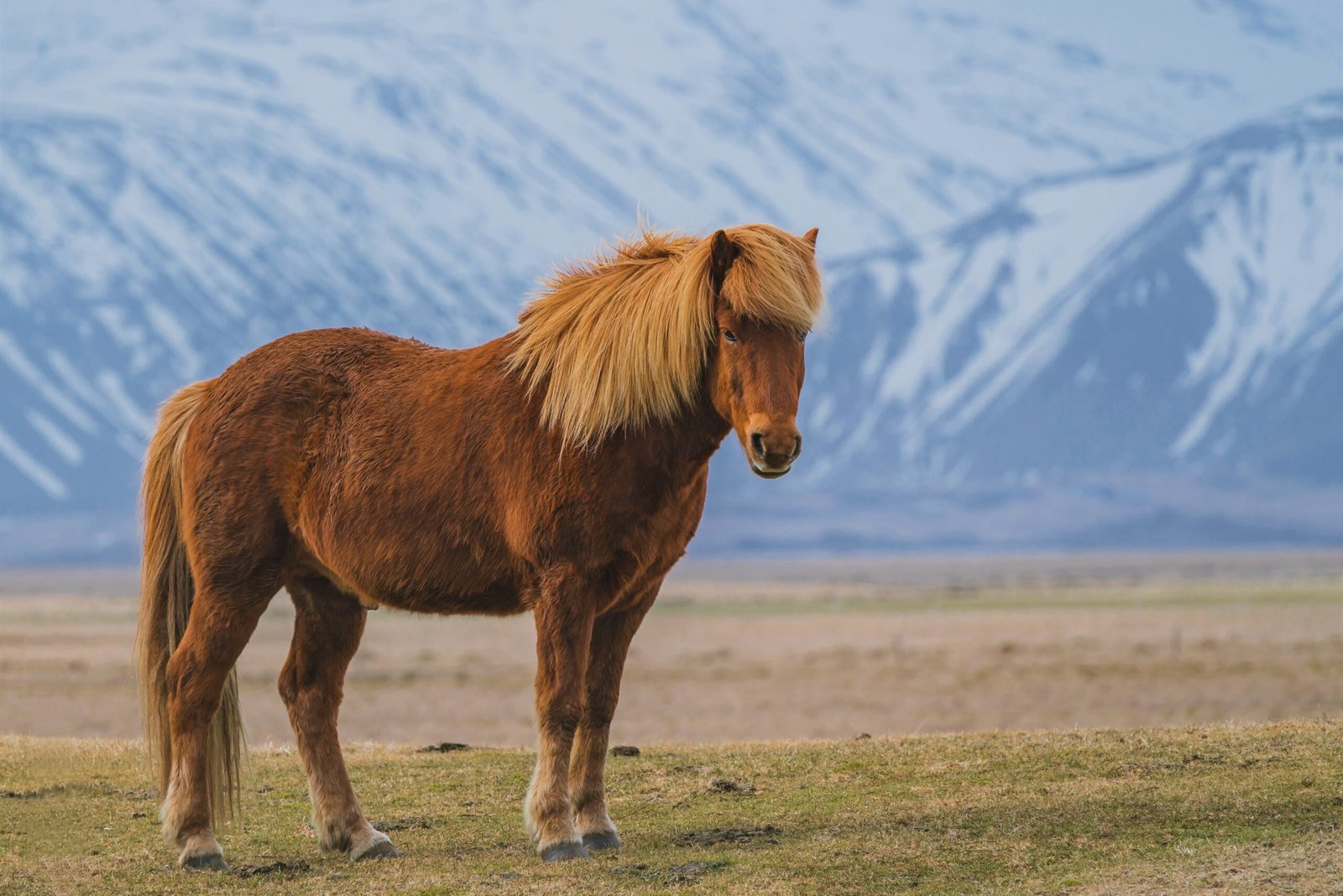
Sometimes, the signs are subtle—a horse that yawns frequently, seems unenthusiastic, or is slow to respond. Other times, the red flags are impossible to ignore: a horse that paces, kicks at the stall, or even tries to escape. Weight gain, poor muscle tone, and a dull coat can often signal too little movement. Behavior changes, like irritability or sudden spookiness, might also be your horse’s way of saying, “I need more to do!” Horses can’t speak, but their bodies and behaviors shout when something isn’t right. Paying close attention to these clues is crucial for avoiding long-term issues.
How Much Exercise Does Your Horse Actually Need?
The answer isn’t one-size-fits-all—it depends on your horse’s age, breed, health, and workload. Young horses and active breeds, like Arabians or Thoroughbreds, generally need more movement than older, retired companions. As a general rule, most horses should get at least 30 minutes to an hour of purposeful activity each day. For some, turnout in a paddock with friends is enough. For others, riding, lunging, or groundwork is needed to keep their minds and bodies sharp. Just like people, horses benefit from mixing up their routines to prevent boredom and overuse injuries.
The Emotional Benefits of Regular Movement
Beyond the physical perks, exercise has a profound effect on a horse’s happiness. Horses are social, curious, and intelligent animals. Regular movement helps reduce anxiety, curb destructive behaviors, and foster a sense of well-being. A horse with enough exercise is more likely to be relaxed, willing, and engaged—making your time together far more rewarding. It’s inspiring to see a once-lazy horse light up with energy and curiosity after a few weeks of consistent activity. The transformation can be truly heartwarming!
Different Types of Exercise for Horses
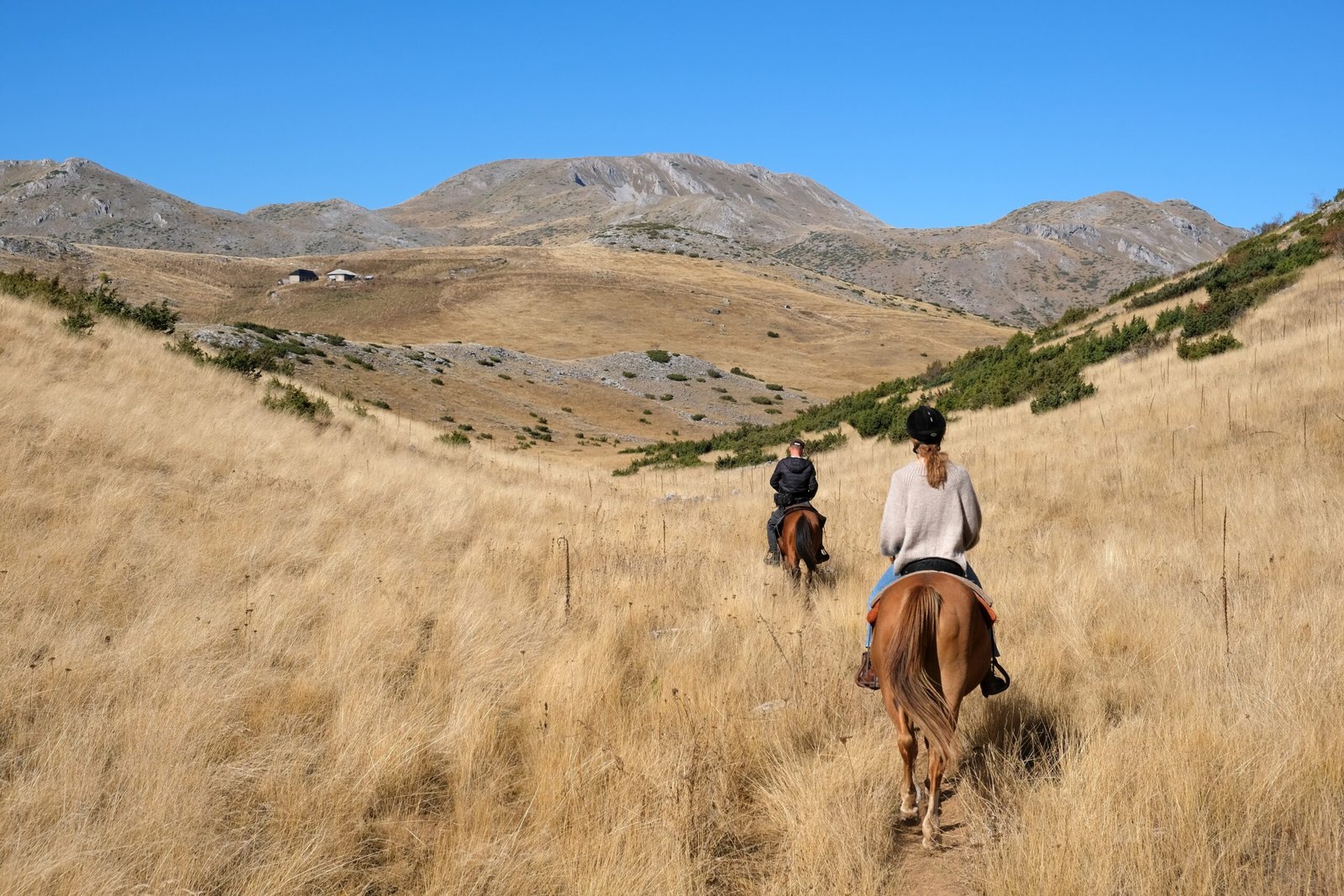
Exercise doesn’t have to mean riding circles in the arena every day. Variety is the spice of life for horses, too! Try incorporating groundwork, longeing, trail rides, or even playful liberty sessions. Some horses love jumping, while others enjoy the challenge of pole work or agility courses. Walking up and down gentle hills can build strength and confidence. Even hand-walking or leading your horse through new environments can count as valuable movement. Mixing up activities keeps your horse’s mind sharp and their body well-balanced.
The Role of Turnout and Social Interaction
Turnout time is one of the best gifts you can give your horse. Horses thrive on freedom—the chance to graze, move, and interact naturally with their herd. Even a few hours a day in a safe paddock can make a world of difference. Social interaction is just as important as physical movement. Horses are herd animals, and time spent with friends helps reduce stress, encourages play, and keeps them mentally stimulated. Imagine how dull life would be in solitary confinement—your horse feels the same when isolated.
Customizing Exercise for Special Needs Horses
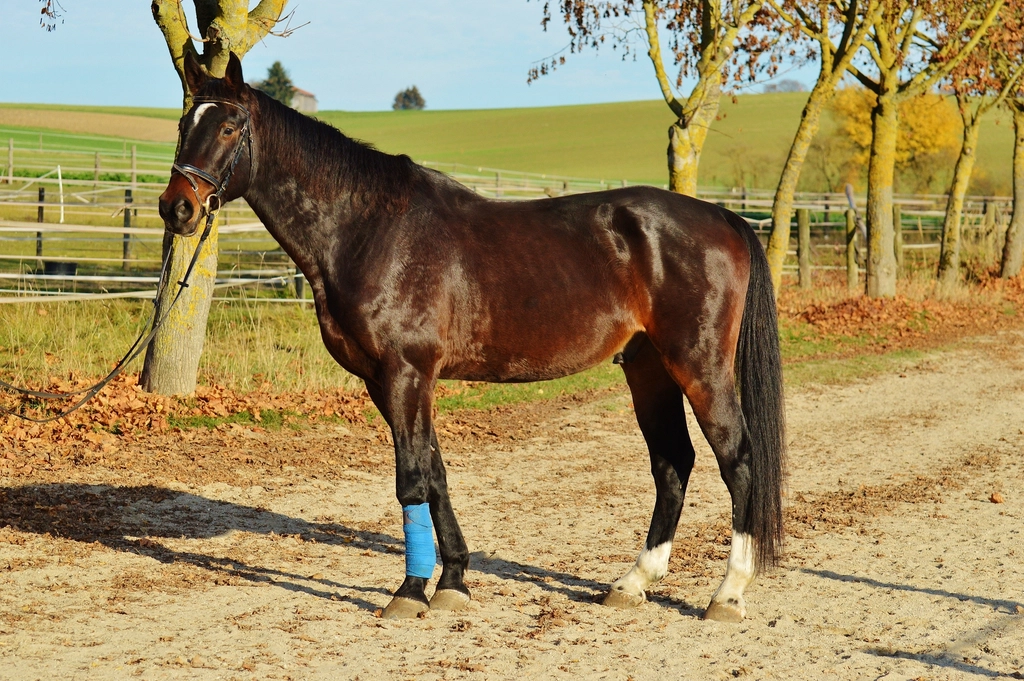
Some horses need a little extra care when it comes to exercise. Seniors or those recovering from injury may not handle strenuous activity, but gentle movement—like hand-walking or slow pasture turnout—can help keep joints flexible and spirits high. For overweight horses, slow and steady increases in activity are safest. Always consult your veterinarian when creating an exercise plan for horses with unique needs. With patience and creativity, almost every horse can enjoy the benefits of regular movement.
Recognizing When Your Horse Needs a Rest Day
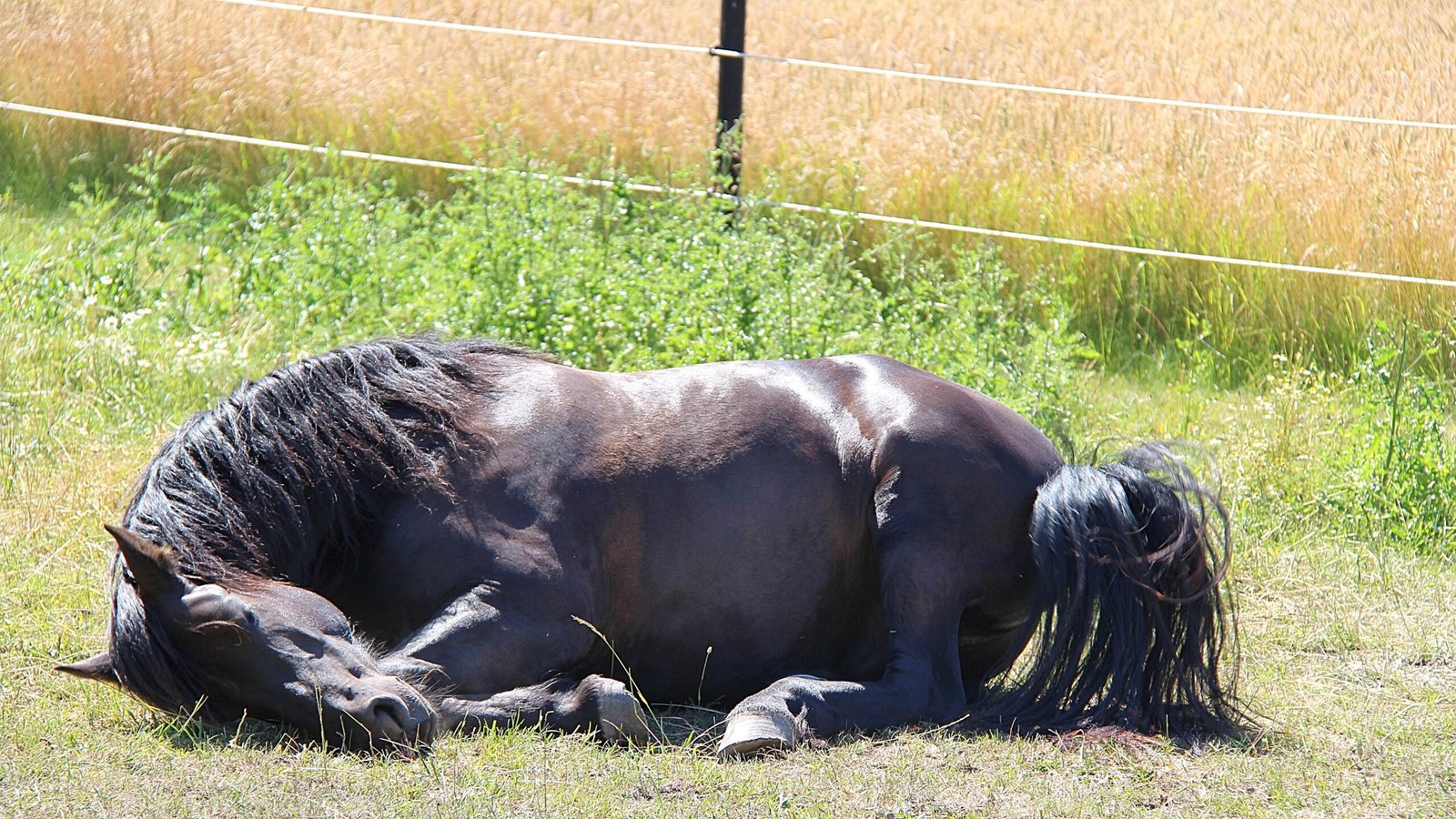
Just as too little exercise can be harmful, so can too much. Watch for signs like reluctance to move, stiffness, or sourness under saddle. Some horses may develop sore muscles or show signs of fatigue if overworked. Rest days give your horse’s body time to recover and repair—just like athletes need downtime after a hard workout. Listen to your horse, and don’t be afraid to adjust the schedule if they seem tired or off their usual game. Balance is key to long-term health.
Incorporating Fun and Enrichment Into Exercise
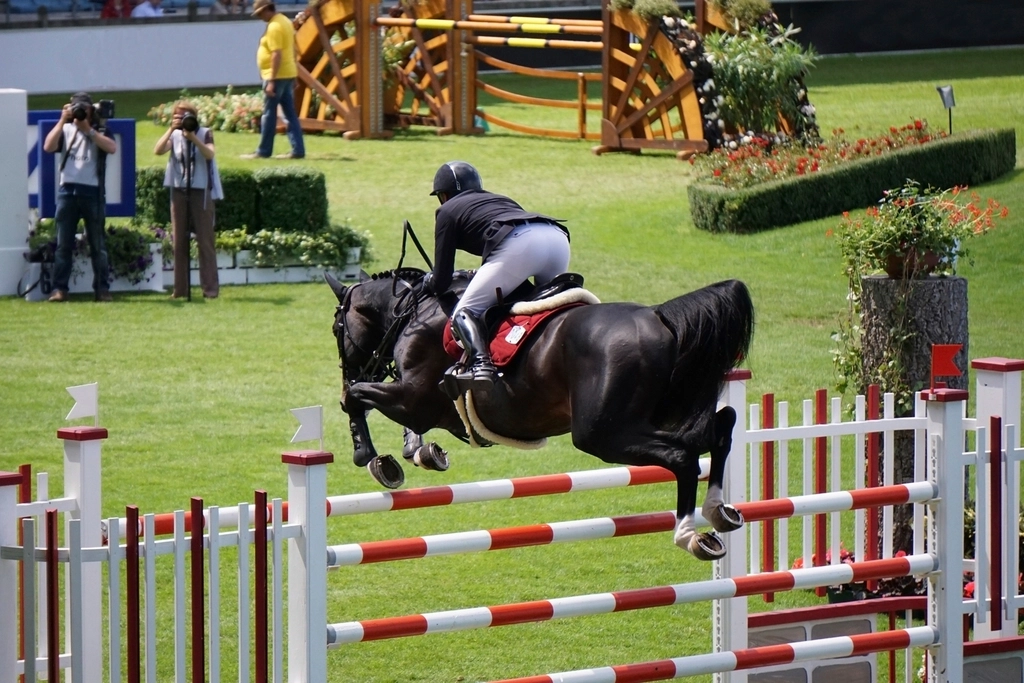
Exercise should never be a chore—for you or your horse! Spice up your routine with fun activities like obstacle courses, trail rides, or even games of fetch with a favorite ball. Try exploring new trails, practicing groundwork tricks, or setting up friendly competitions with barn mates. The more enjoyable movement is, the more your horse will look forward to it. When you both share a sense of adventure, exercise becomes a joyful bonding experience, not just a daily task.
Monitoring Progress and Adjusting Routines
Keep a simple journal of your horse’s exercise, noting what activities you do and how your horse responds. Over time, you’ll notice patterns—maybe your horse is more energetic after trail rides, or calmer after groundwork. Watch for changes in weight, muscle tone, and overall attitude. Don’t be afraid to tweak your routine if something isn’t working. Horses, like people, have preferences and quirks. Staying flexible and observant helps ensure your horse’s needs are always met.
When to Seek Professional Help
If you’re worried your horse isn’t getting enough exercise or notice persistent health or behavior issues, don’t hesitate to consult a professional. Veterinarians, trainers, or equine nutritionists can help assess your horse’s condition and recommend the best exercise plan. Sometimes, medical conditions or pain can hide behind subtle signs, so expert guidance is invaluable. Seeking help isn’t a sign of failure—it’s a powerful step toward giving your horse the happiest, healthiest life possible.
Building a Lifelong Partnership Through Movement
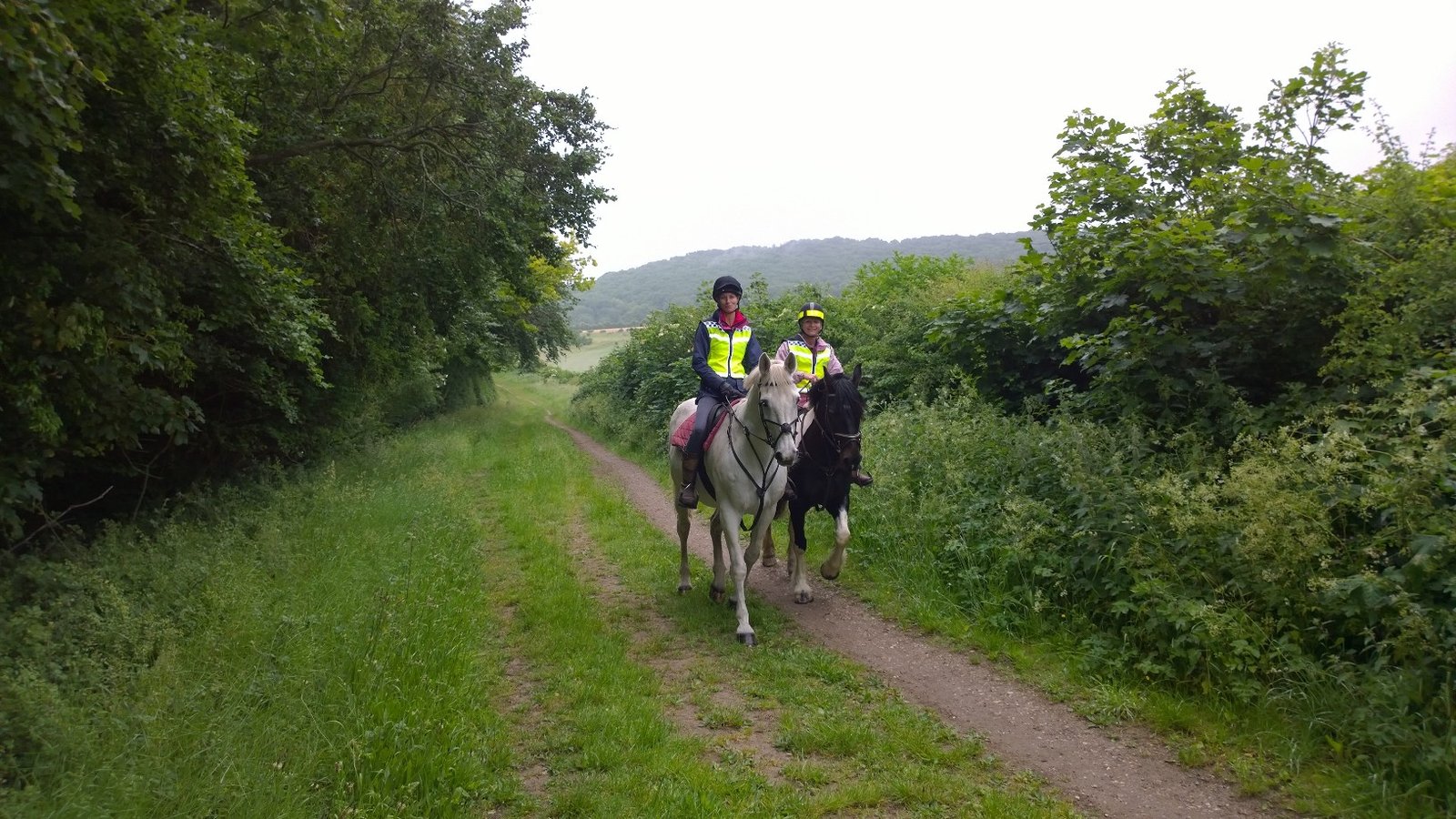
At the heart of it all, exercise is more than just a health requirement—it’s a way to deepen your bond with your horse. Shared experiences, new challenges, and the simple rhythm of moving together create trust and understanding. When you put your horse’s wellbeing first and make exercise a joyful part of your routine, you’re not just caring for their body, but their heart and soul as well. Isn’t that what every horse lover dreams of?
Keeping your horse active isn’t just about fitness—it’s about their overall happiness and quality of life. A little effort each day can make a big difference in their physical health and mental wellbeing. Whether it’s a ride, a romp in the pasture, or some light groundwork, it all adds up. So take a moment to check in on your horse’s routine—you might just find a few easy ways to help them feel their best. After all, a happy horse makes for a happy rider!
Jen is a passionate nature lover and ocean conservationist. She has dedicated her life to protecting the environment and preserving the beauty of the natural world. Growing up in a small coastal town, Jen sincerely appreciated the ocean and its inhabitants. She has spent countless hours exploring the shoreline, learning about the creatures that inhabit the waters, and advocating for their protection. Jen is an active member of ocean conservation organizations, and she is committed to educating the public about the importance of conserving wildlife and the natural environment.





